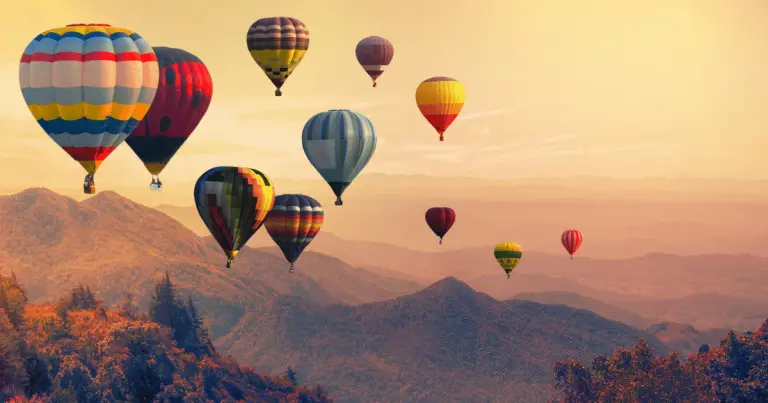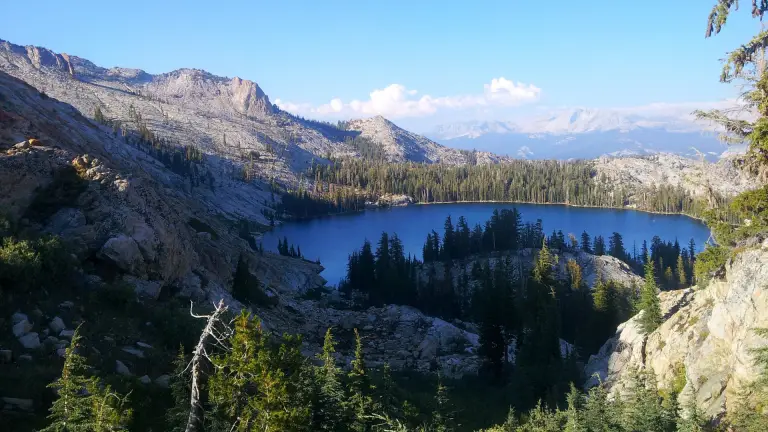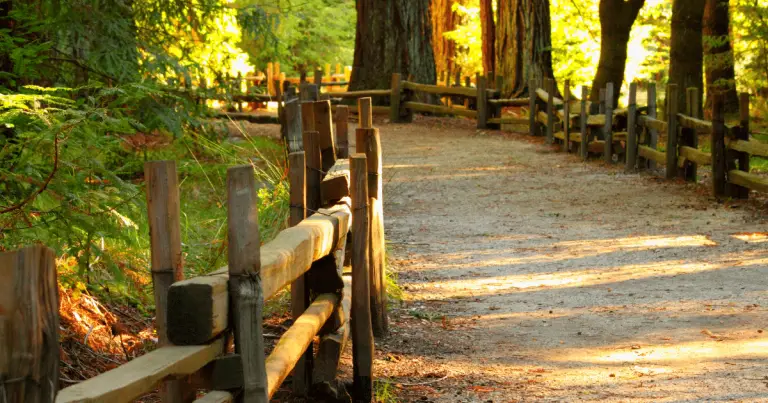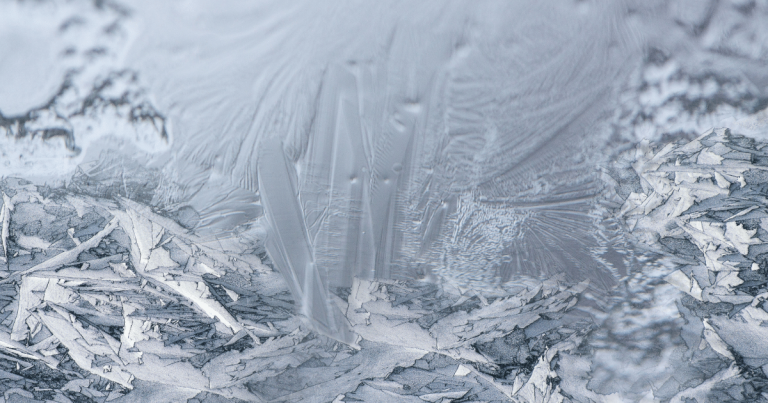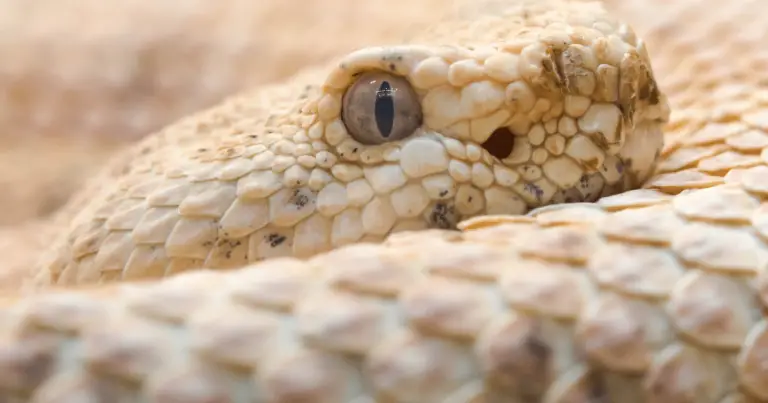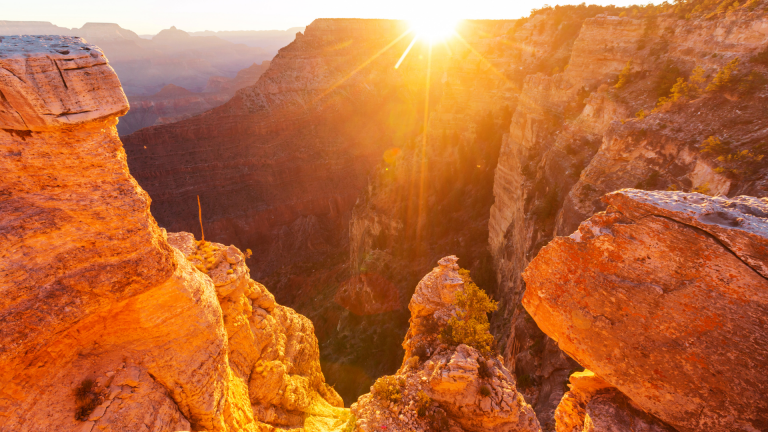Yellowstone Mud Pots: A Unique Geological Phenomenon
A trip to Yellowstone National Park is incomplete without a visit to witness the marvelous mud pots. The mud pots in Yellowstone are formed by unique geological forces beneath the earth’s surface and offer an unforgettable experience.
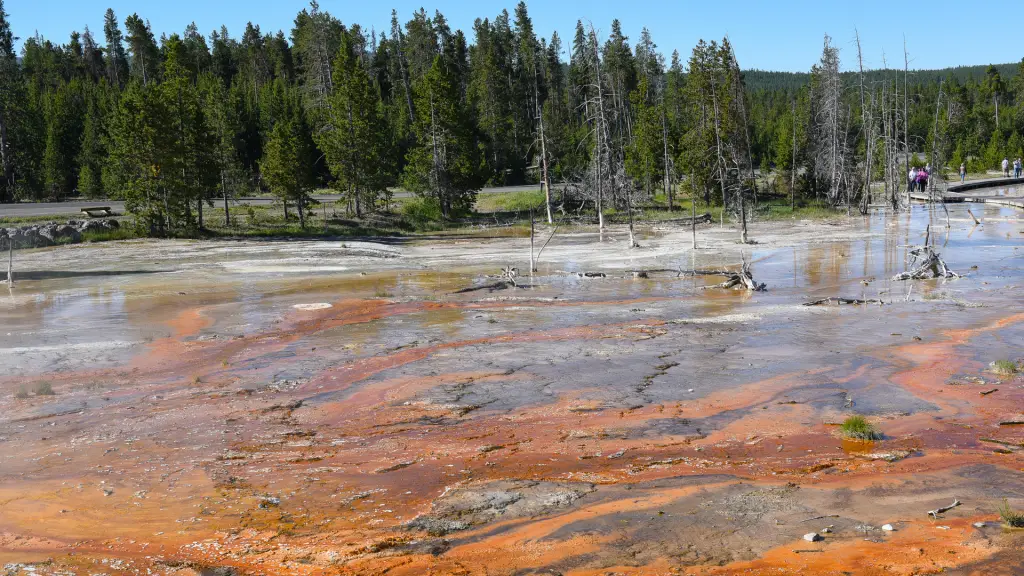
They reflect nature’s raw power and underscore the park’s distinct geothermal features. The enchanting mud pots in Yellowstone are true wonders, demonstrating the earth’s ability to create and nurture life in the most extreme conditions. From the casual observer to the dedicated geologist, the mud pot Yellowstone spectacle captivates all, providing a profound understanding of our planet’s dynamic nature. These natural phenomena, rich in their diversity and captivating in their beauty, make the Yellowstone mud pots experience a must-see for all visitors.
The Science Behind Mud Pot Formation
The creation of mud pots in Yellowstone is a fascinating process rooted in the park’s geothermal activity, hydrothermal systems, and hot springs. At the heart of these phenomena lies the park’s active volcano, which fuels the geothermal activity. Its intense heat melts the underlying rocks, releasing gases and minerals into the surrounding earth. These materials then mix with water from the hydrothermal systems, resulting in the formation of a mud-like substance.
The role of hot springs and geysers is equally essential in this process. They provide a conduit for the heated water and gases to reach the surface. Furthermore, sulfuric acid — a by-product of the reaction between underground gases and water — breaks down the surrounding rock into clay. This clay then mixes with steam and water to form the malleable and bubbling mud pots that captivate visitors. Each mud pot’s unique color is determined by the types of minerals present in the clay and water. Evidently, the formation of these mud pots is a testament to the dynamic and interconnected nature of Yellowstone’s natural systems.
Yellowstone’s Mud Pots: A Visual Tour
By exploring these sites, visitors can experience the diverse range of Yellowstone’s mud pots, each providing a unique and entrancing visual display.
- Fountain Paint Pot: Located in the Lower Geyser Basin, this mud pot regales with a spectacular exhibit of nature’s palette, showcasing hues from pink to gray. The colors change seasonally, depending on the amount of water in the mix.
- Artist Paint Pots: Found in the Norris Geyser Basin, these mud pots are a treasure trove for artistic inspiration. Deep reds, blues, and grays swirl together, creating a visually arresting spectacle.
- Red Spouter: Sitting in the same basin as Fountain Paint Pot, Red Spouter offers a unique view. What makes it unique is its ability to function as a hot spring, a mud pot, and a fumarole, depending on the underground water levels.
- Mud Volcano Area: This area houses several mud pots, including the infamous Dragon’s Mouth Spring. Here, the mud pots are more viscous and darker due to the presence of rock fragments.
- Sulphur Caldron: Situated near the Mud Volcano Area, the Sulphur Caldron exhibits a striking yellow hue due to sulfur-rich mud. However, its acidity is close to that of lemon juice, making it one of the park’s most acidic features.
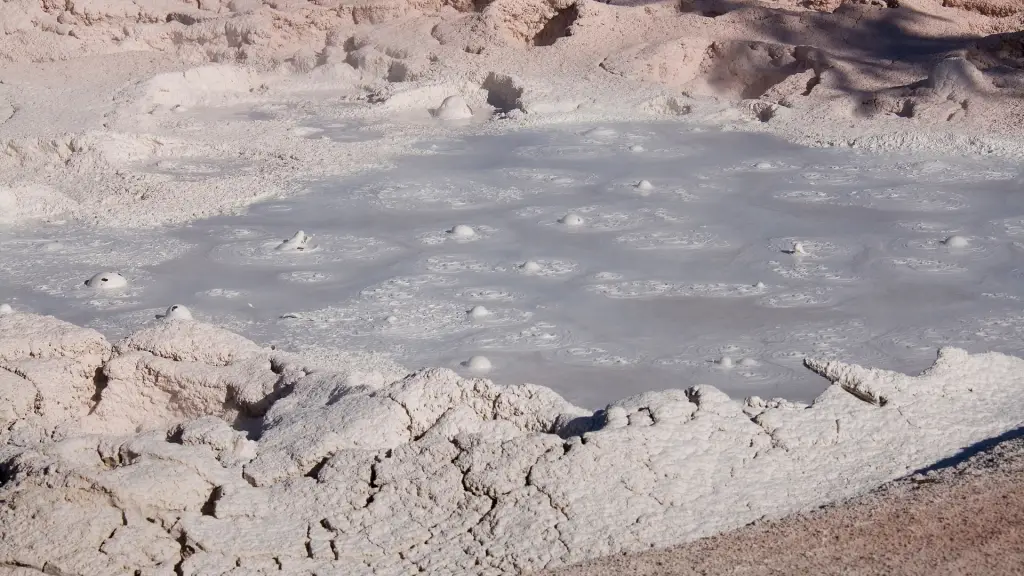
Family-Friendly Fun: Exploring Mud Pots with Kids in Yellowstone
Yellowstone’s mud pots are not just geological wonders, they’re also fun-filled attractions for families with kids. Visiting these enchanting natural features provides a fantastic opportunity for children to learn about geology in a hands-on, interactive way. While exploring Yellowstone’s mud pots, children can observe the bubbling mud, experience the unique smell of sulfur, and appreciate the vibrant colors, fostering their curiosity about the natural world.
Incredible sites like the Fountain Paint Pot and Artist Paint Pots present a fantastic spectacle that often amazes kids, making for highly memorable family outings. Educational boards around these sites provide valuable information about the creation and characteristics of mud pots, allowing kids to learn while having fun. .
Photographer’s Paradise: Capturing the Beauty of Yellowstone’s Mud Pots
For photographers, both amateur and professional, Yellowstone’s mud pots offer a unique opportunity to capture the mesmerizing beauty of nature’s artistry. The vivid colors and dynamic activity of the mud pots provide a rich and challenging canvas. Photographers are advised to visit during different times of the day to take advantage of the changing light, which can dramatically alter the appearance of the mud pots. Morning and late afternoon offer softer, more diffused light, bringing out the vibrant colors and complex textures of the mud.
Close-up shots can reveal the intricate patterns formed by bubbling mud, while a wider angle can capture the context of the landscape. A longer exposure can blur the activity of the mud pots, creating an almost surreal effect. Lastly, don’t shy away from inclement weather. A cloudy day can create a moody backdrop that contrasts beautifully with the vibrant hues of the mud pots, while rain can add a glossy sheen to your subjects. Just remember to protect your camera gear in these conditions.
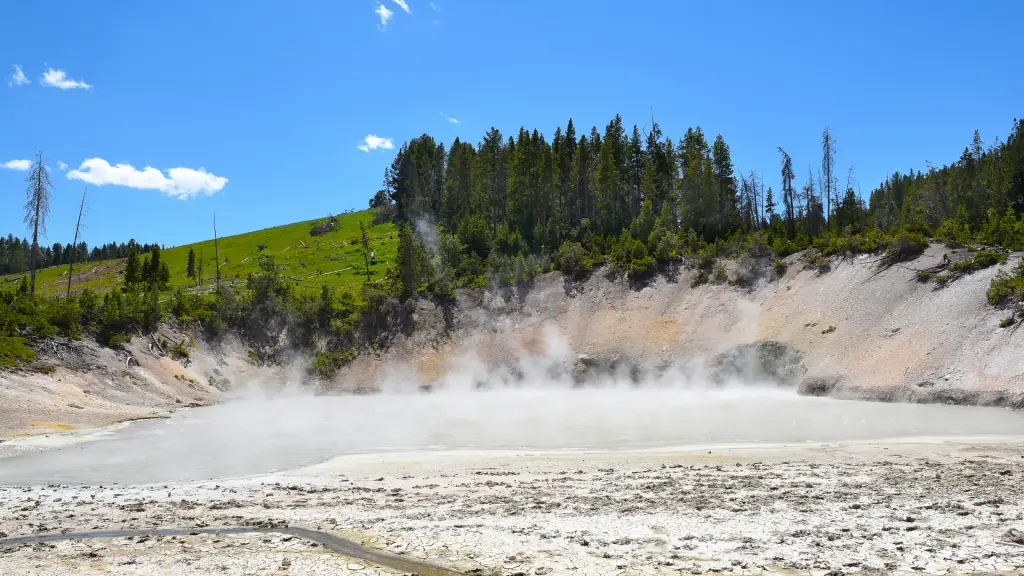
Tips for Visiting Yellowstone’s Mud Pots
Visiting the Yellowstone mud pots can be an exhilarating experience, but it’s essential to plan your visit carefully for the best experience. Here are some practical tips to make the most of your trip.
- Best Times to Visit: The best times to visit Yellowstone’s mud pots are during the early morning or late afternoon when the park is less crowded. Additionally, visiting in the spring or fall may offer fewer crowds and milder weather.
- Safety Precautions: Stay on the boardwalks and trails at all times. The ground around mud pots is extremely hot and can cause severe burns. Also, the thin crust can collapse without warning, making it dangerous to go off-track.
- Hiking Trails: Some of the most exciting mud pots, like those in the Fountain Paint Pot and Artist Paint Pots areas, are accessible via short hikes. These trails are typically less than a mile long and provide stunning views of the geothermal features.
- Specific Guidelines: Do not throw anything into the mud pots as it can alter their natural state and cause irreparable damage. Also, pets are not allowed in the mud pots area due to safety concerns.
Frequently Asked Questions about Yellowstone’s Mud Pots
What is the entrance fee for Yellowstone National Park?
As of 2022, the entrance fee for a private, non-commercial vehicle is $35. This includes all its passengers. For an individual entering by foot, bicycle, or motorcycle, the fee is $20.
Are there any tours available to visit the mud pots?
Yellowstone National Park offers a variety of guided tour options that include visits to the mud pots. You can choose from bus tours, hiking tours, or private tours based on your preference.
Can I camp near the mud pots in Yellowstone?
Camping is allowed in designated areas within Yellowstone National Park. However, for safety reasons, camping is not allowed in proximity to the mud pots.
Can I bring my pet to the mud pots?
Pets are not allowed in the mud pots area due to safety concerns. They are only allowed in certain areas such as campgrounds, parking areas, and other specific sites.
Is it safe to visit the mud pots?
It is safe to visit the mud pots as long as visitors adhere to the park’s rules and guidelines. This includes staying on the designated boardwalks and trails, not throwing anything into the mud pots, and maintaining a safe distance from wildlife.

Final Thoughts
Yellowstone’s mud pots are a spectacle of nature’s unbridled artistry, a geological wonder that captivates visitors of all ages and interests. Whether you are a family looking for an educational outdoor adventure, a photographer in search of unique subjects, or simply a nature lover drawn to the extraordinary, the mud pots of Yellowstone promise an unforgettable experience. Their dynamic activity, vibrant hues, and the raw elemental force they represent serve as a vivid reminder of our planet’s active and ever-changing nature. A visit to these remarkable geothermal features offers a profound connection to the earth and a deeper appreciation of its boundless wonders.

